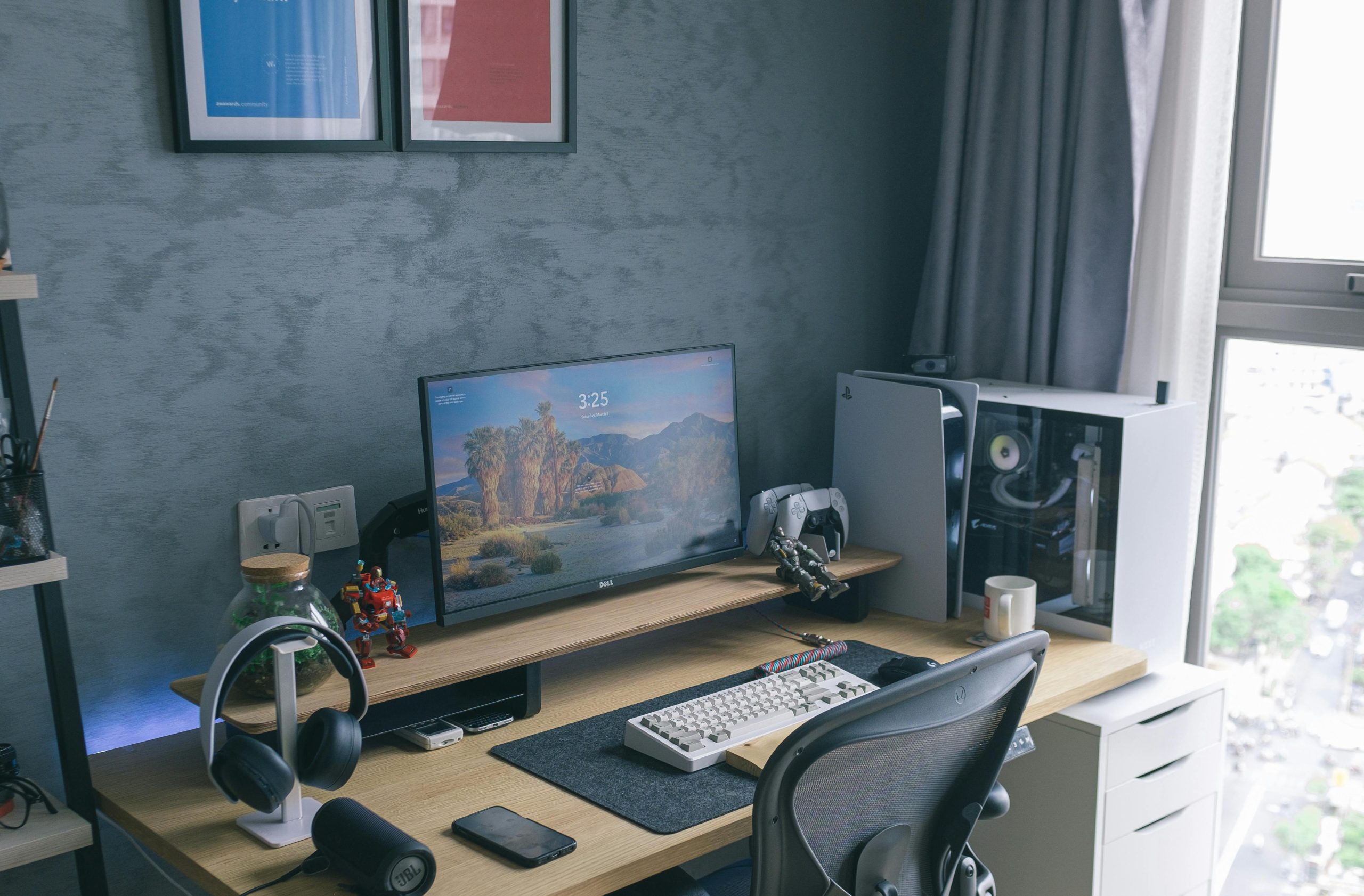Exploring the World of Elementor Motion Effects
Elementor motion effects have revolutionized the way we design and interact with websites.
These dynamic additions to the Elementor page builder empower creators to bring pages to life with movements and animations that engage users.
But why are motion effects so crucial in today’s digital environment?
Well, they not only enhance the aesthetic appeal of a website but also improve user experience by guiding visitors’ attention to key areas, making the journey through your site both intuitive and memorable.
The Impact of Elementor Motion Effects on User Engagement
Imagine landing on a webpage where elements subtly move into place as you scroll.
This is the magic of Elementor scroll effects.
Such animations can significantly decrease bounce rates and increase the time visitors spend on your site.
By implementing Elementor animations, designers create a storytelling aspect that weaves through the page, capturing interest and enhancing information flow.
The Psychology Behind Motion in Web Design
From a psychological perspective, humans are naturally attracted to movement.
Incorporating Elementor mouse effects into your web design can harness this instinctual response to draw attention to specific elements like calls to action, special offers, or important content.
This strategic use of motion can direct your audience’s journey through your site, making it more likely that they will engage with the content you value most.
How to Implement Elementor Motion Effects Effectively
Using Elementor motion effects is not just about making things move; it’s about creating a cohesive visual story.
Here are some practical tips on how to integrate these effects successfully:
• Keep It Subtle: The best animations are those that feel natural and unobtrusive.
• Be Mindful of Performance: Overusing Elementor animations can slow down your site, which may negatively impact user experience and SEO.
• Focus on Key Elements: Use Elementor mouse effects to highlight elements like logos, key graphics, and call-to-action buttons.
Choosing the Right Motion Effects
With a variety of Elementor scroll effects available, selecting the right one can seem daunting.
Consider the purpose of the effect—do you want to emphasize something, guide a user, or perhaps create a feeling of depth?
Different effects suit different needs, from fading and sliding to rotating and zooming.
Real-Life Examples of Elementor Motion Effects in Action
Let’s take a look at some practical applications of these tools.
For instance, a travel blog could use Elementor animations to make landscape photos fly in as the reader scrolls, creating an immersive experience that simulates exploring new destinations.
E-commerce sites can benefit from hover animations that transform how images and prices are presented, giving a dynamic shopping experience that can lead to increased sales.
Case Study: Boosting Conversions with Elementor Motion Effects
Consider a case where an online bookstore implemented Elementor scroll effects to animate book covers on their homepage.
This simple addition led to a measurable increase in engagement and, ultimately, book sales.
By making the covers pop up from the bottom of the screen, the store could mimic the feeling of books jumping off the shelf, enticing readers to click and learn more about each title.
Best Practices for Designing with Elementor Motion Effects
To truly benefit from Elementor motion effects, it’s essential to follow best practices:
• Test Extensively: Ensure that animations perform well across all devices and browsers.
• Prioritize Accessibility: Make sure that your use of motion does not hinder the navigability of your site for those with disabilities.
• Enhance, Don’t Distract: Always use motion to enhance the message of your content, not to distract from it.
Conclusion: The Dynamic Advantage of Elementor Motion Effects
Incorporating Elementor motion effects, such as Elementor scroll effects, Elementor animations, and Elementor mouse effects, can dramatically transform the user experience on any website.
By understanding and implementing these dynamic tools, designers can create more engaging, interactive, and visually appealing websites that not only look great but also perform well in converting visitors into customers.
With these tips and techniques, you’re well on your way to leveraging the full potential of Elementor to create stunning, effective websites that stand out in the digital age.
By engaging with Elementor motion effects, you are not just building a website; you are crafting an experience that moves.



